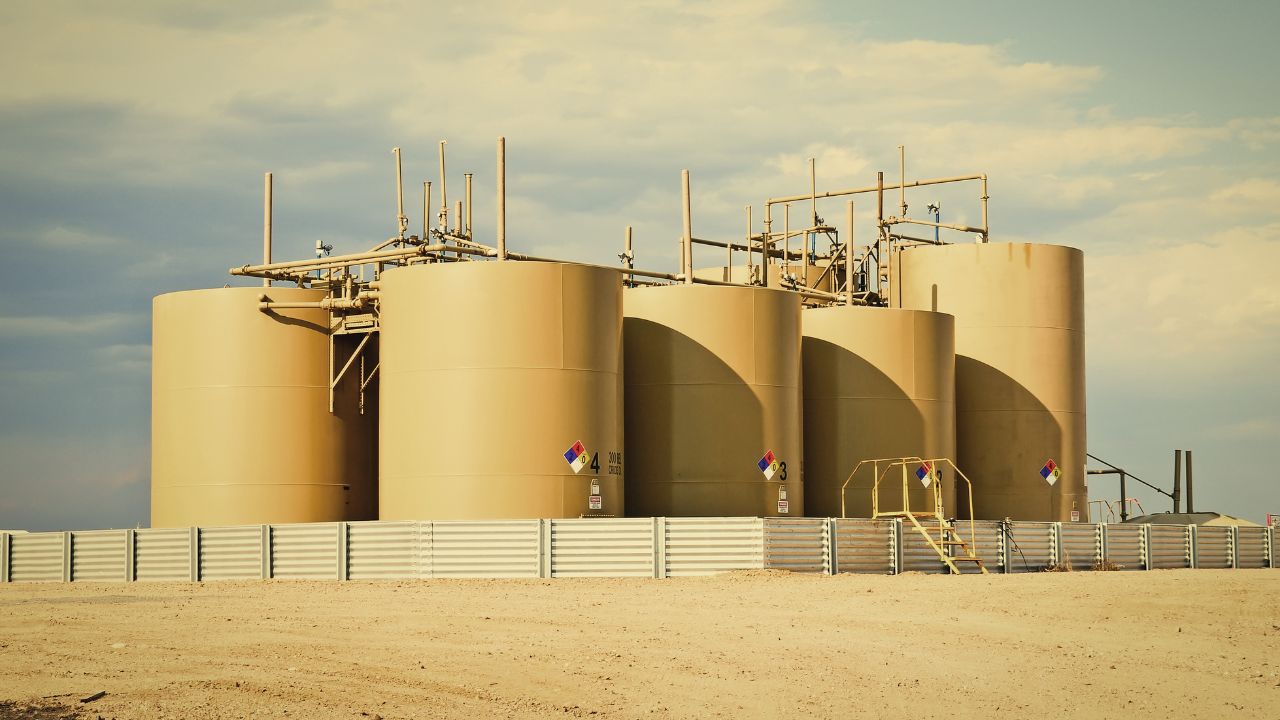With extreme weather events being the “new normal.” How is public safety alerting adapting?
Scientists believe Global Warming is one catalyst causing an increase in severe weather events around the world. Everything from hurricanes, storms, flooding to drought and wildfires are ravaging the US like never before in history. As these weather events occur more often and become more pronounced; more people are affected and need early warning and protection.
What technologies are available to save lives?
Series One – Outdoor Warning Sirens:
Outdoor warning sirens have a long history and checkered past. For 40 years the word “tornado” was completely banned. No warnings were allowed to be issued in the U.S. It was the weather event “that must not be named.” It was believed the warnings would cause more chaos and harm. After all, what you don’t know – can’t hurt you, right? Well, that proved horribly misguided and in 1938 this ban was finally lifted. However, outdoor weather sirens would not be used regularly for tornadoes until 1970. Before that, sirens were installed nationwide in the 1950’s as civil defense alerting during the cold-war era. Sirens prompted children to hide under their school desks or to seek shelter in their newly-built backyard bomb shelters. Overly optimistic plans of action for a truly dismal event had it ever occurred.
With common sense and technology finally joining forces, the sirens have evolved to warn of not just tornados, but hurricanes, flooding, micro-bursts and wildfires. The most devasting natural disasters involve power outages, stranded people (often tourists), isolated areas and sometimes rugged terrain. As mighty and all-powerful as the cell phone is, it is limited by battery life and signal reception. In devastating weather events, cell phones can turn from a life-saving device to a paperweight in a flash of a second. And the long, tall sirens as beacons of a long-ago era have received technology makeovers to become the most reliable and proactive line of defense in today’s extreme weather events.
Today’s sirens may look and sound like the “old technology” of the civil defense era, but they have evolved! They are a highly advanced system of communication, diagnostics, alerting and monitoring. Sirens today have battery backup and solar panel power options. They use radio frequency, satellite, IP, cellular and/or First Net for communications. They become standalone warning towers still active in even the worst of conditions; some with fortified poles and cabinets to withstand floods and fires; disseminating alert tones, recorded voice messages and/or live voice warnings to people outdoors.
The control side of the sirens have diagnostics to ensure the sirens are operational; with the sirens communicating their status of signal/power failures, battery health, mechanical readiness and breach of security. Often the siren systems are connected to cloud servers monitoring weather events directly from NOAA/Accu-Weather and will automatically activate alerts based on weather polygons or warnings. First Responders can access warning systems via internet, radio and mobile app.
Today’s outdoor warning siren is a highly-evolved, early-alerting system that is an integral part of any city or county public safety plan. As conditions on earth become more volatile and commonplace, the need for expanded alerting via siren systems is much more important than ever before. For more information on siren technologies and how your community or business would benefit from enhanced warning systems, please visit: https://capitolelectronics.com/products/tornado-warning-sirens/
Blog by Wendy Justice, Public Safety Consultant/Manufacturer’s Rep





